Table of Contents
Are you looking for mobile app design trends?
Well, with the importance of UI/UX design finally realized throughout industry, people now want their design to stand out of the rest. And that’s where mobile app trends come in.
These trends help designers understand what is it that users prefer and want. WIth this as focus, they create unique design that attracts customer and make business stand out. Now, if you are someone who wants to do just that, this blog is for you.
Here, we shall be discussign all you need to know about mobile app design trends 2023. Therefore, with this being said. let’s get right into it, starting with:
What Are App Design Trends, Exactly?
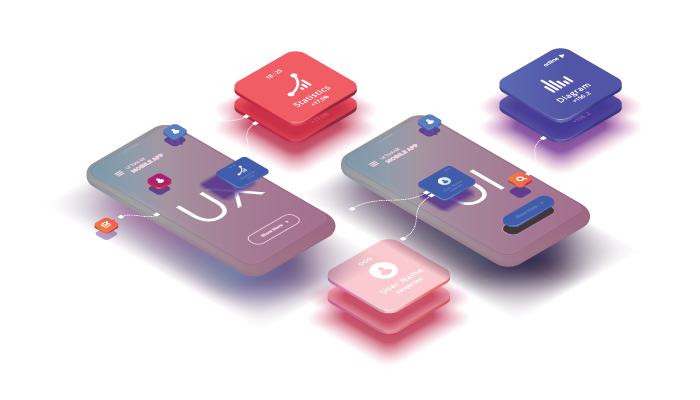 means, what are exactly app We all know what UI/UX Design trends?
means, what are exactly app We all know what UI/UX Design trends?
Well, the term “App design trends” refer to the prevailing styles, patterns, and techniques used in the design of mobile applications.
Moreover, these trends are influenced by a combination of factors, including technological advancements, user preferences, industry standards, and the evolving mobile landscape.
App Design trends in the app industry constantly change and adapt to meet the needs and expectations of users.
Moving on, now that you know what app design trends mean, it’s time to explore these very trends in the section below:
Top Mobile App Design Trends 2023
If you want to be on the top of mobile app designing and branding, you need to master latest app design trends.
In this section of the blog, we shall be going through these exact design trends. Therefore, with this being said, let’s get right into it. Starting with:
1. Minimalism and simplification
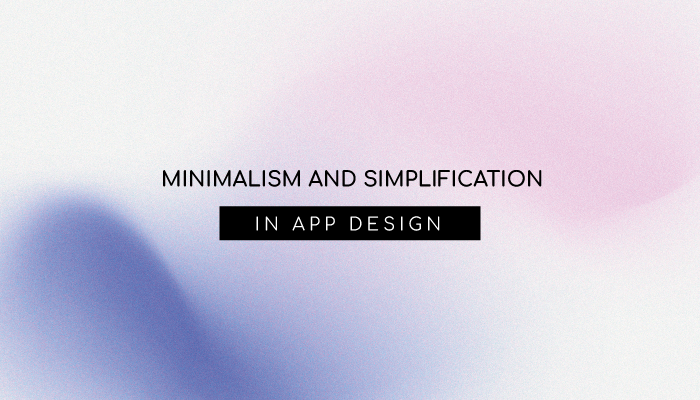
This is the very first of the app design trends 2023 has to offer.
Minimalist design is all about stripping away the unnecessary and focusing on the essential elements. This trend is becoming increasingly popular in mobile app design, as users are looking for apps that are easy to use and don’t overwhelm them with information.
A minimalist design approach can help to make an app more visually appealing and easier to use. It can also help to improve the app’s performance, as there is less content to load.
Here are some tips for designing a minimalist app:
- Use clear and concise typography.
- Use simple icons and graphics.
- Use negative space to create visual hierarchy.
- Avoid clutter and unnecessary information.
2. Bold colors and gradients
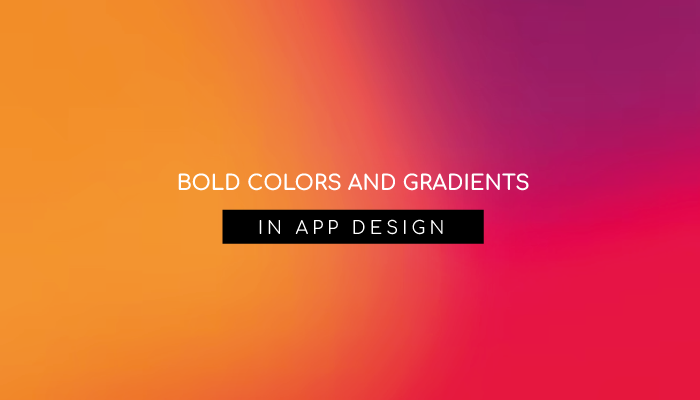
Bold colors and gradients can add a sense of visual interest to an app. However, it’s important to use them sparingly and in a way that is consistent with the overall design of the app.
When used correctly, bold colors and gradients can make an app more eye-catching and memorable. They can also be used to create a sense of excitement or energy.
And this is what makes it one of the most popular app design trends 2023.
Here are some tips for using bold colors and gradients in your app design:
- Choose colors that complement each other.
- Use gradients to create a sense of depth or movement.
- Use bold colors for important elements, such as buttons or calls to action.
- Use gradients sparingly, as too many can be overwhelming.
3. Dark mode
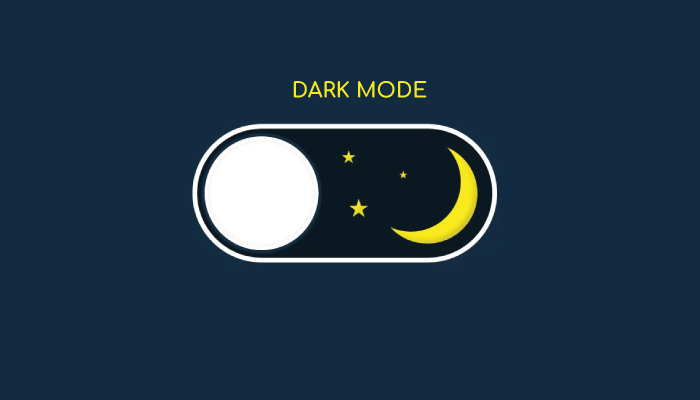
Dark mode is one of the most popular app design trends that is becoming increasingly common in mobile apps. This is because it is easier on the eyes and can save battery life.
Dark mode is a great option for apps that are used in low-light environments, such as at night or in dark rooms. It can also be helpful for users who have sensitive eyes. In a sense it is also one of the one most popular UI design trends.
Here are some tips for implementing dark mode in your app:
- Use a dark background color and light text colors.
- Use a high contrast between the background and text colors.
- Make sure that all of the elements in your app are visible in dark mode.
- Test your app in dark mode to make sure that it looks good and works properly.
4. Animation and microinteractions

Let us introduce you to one of the latest app design trends.
Animation and microinteractions
It can add a sense of life and personality to an app. They can also be used to guide users through the app and make it more user-friendly.
Animation can be used to create a sense of movement and excitement in an app. Microinteractions can be used to provide feedback to users and make the app feel more responsive.
Here are some tips for using animation and microinteractions in your app design:
- Use animation sparingly and in a way that is meaningful to the user.
- Make sure that the animation is smooth and fluid.
- Use microinteractions to provide feedback to users and make the app feel more responsive.
- Test your app to make sure that the animation and microinteractions work properly.
5. Personalization

Personalization is a trend that is becoming increasingly important in mobile app design as well as app design prototyping. This is because users want apps that are tailored to their individual needs and preferences.
Personalization can be achieved in a number of ways, such as using user data to recommend content, customizing the app’s appearance, or providing personalized notifications.
Here are some tips for personalizing your app:
- Use user data to recommend content.
- Customize the app’s appearance.
- Provide personalized notifications.
- Ask users for feedback to help you personalize the app.
6. Voice and gesture-based interfaces
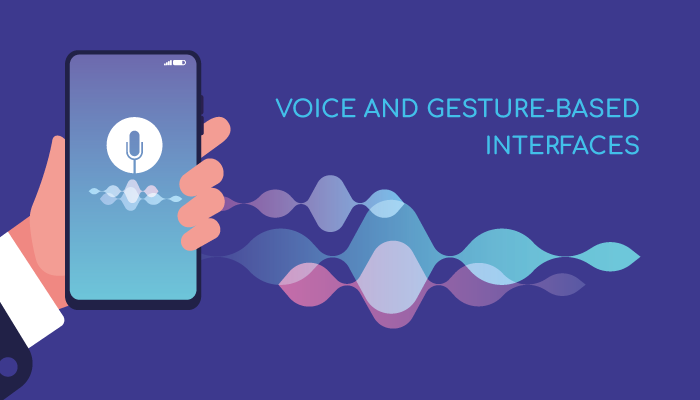
Voice and gesture-based interfaces are becoming more and more popular, as they allow users to interact with apps in a more natural way. And this makes it latest trend in mobile app design.
Coming back to the topic Voice-based interfaces allow users to control apps using their voice. Gesture-based interfaces allow users to control apps using gestures, such as swiping, tapping, and pinching.
Here are some tips for designing voice and gesture-based interfaces:
- Use clear and concise voice commands.
- Use simple gestures that are easy to understand.
- Provide feedback to users so they know that their commands have been understood.
- Test your app with users to make sure that the voice and gesture-based interfaces are easy to use.
7. Passwordless login
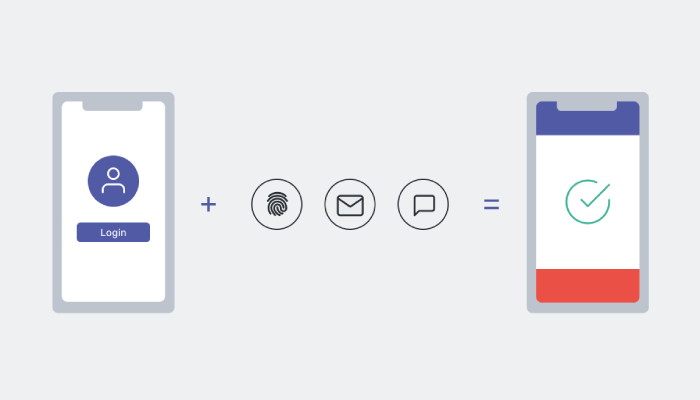
Passwordless login is a mobile app design trends that is gaining traction, as it is more secure and convenient than traditional password-based login.
With passwordless login, users do not need to remember a password. Instead, they can log in using a method such as fingerprint scanning or facial recognition.
Here are some tips for implementing passwordless login in your app:
- Use a secure method for authenticating users
- Make sure that the authentication method is easy to use for users.
- Test your app to make sure that the passwordless login works properly.
8. User-Generated Content (UGC)
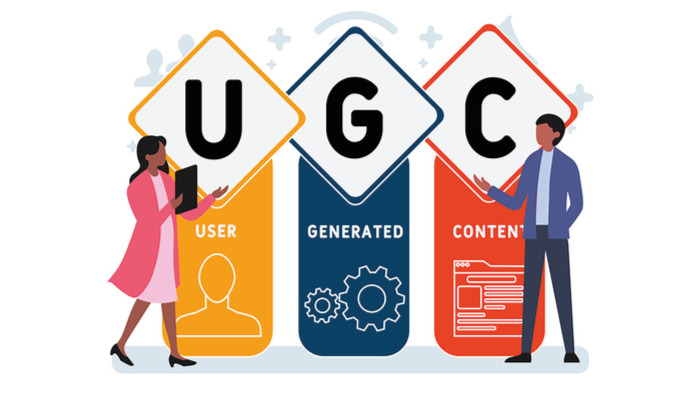
User-generated content (UGC) is a great way to add personality and engagement to an app. This is because it allows users to share their own content with others, which can help to create a sense of community.
UGC can be used in a variety of ways, such as adding user-generated photos or videos, allowing users to rate and review content, or letting users create their own content.
Here are some tips for using UGC in your app:
- Make sure that UGC is easy to find and use.
- Encourage users to share their own content.
- Moderate UGC to ensure that it is appropriate.
9. Bottom navigation
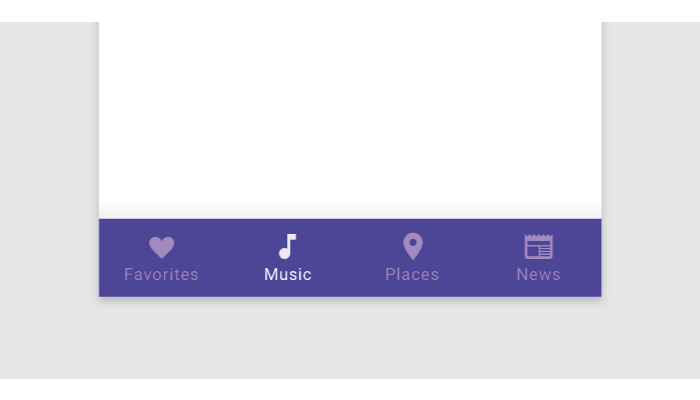
Bottom navigation is a popular mobile app trend that is becoming increasingly common in mobile app design. This is because it is a more efficient way to navigate an app, as it allows users to access the most important features with a single tap.
Bottom navigation is typically made up of three to five icons, which are arranged in a horizontal row at the bottom of the app screen. When a user taps on an icon, they are taken to the corresponding feature or screen.
Here are some tips for using bottom navigation in your app:
- Use clear and concise icons.
- Make sure that the icons are easy to tap.
- Limit the number of icons to three to five.
- Use bottom navigation in conjunction with other navigation methods, such as a side menu.
10. Augmented reality (AR)
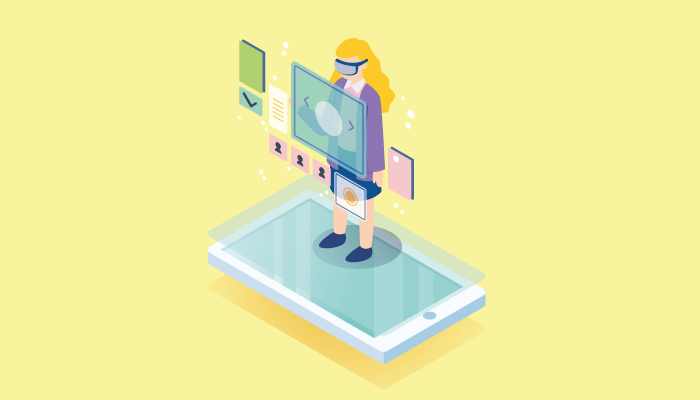
Augmented reality (AR) is a powerful technology that can be used to create immersive and interactive experiences. This makes it a promising mobile app design trends, as it has the potential to revolutionize the way we interact with apps.
AR apps can be used to overlay digital information on the real world, such as showing directions or providing information about objects. They can also be used to create games and other interactive experiences.
Here are some tips for using AR in your app:
- Make sure that the AR experience is relevant to the app’s purpose.
- Use AR to provide users with new and engaging experiences.
- Test your AR app to make sure that it works properly.
11. Glassmorphism
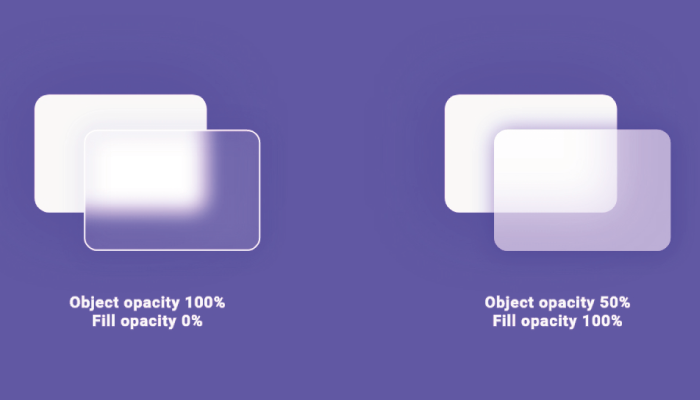
Glassmorphism is a new design trend that is characterized by its use of transparent elements and soft shadows. This trend is still in its early stages, but it has the potential to become a popular choice for mobile app design in the future.
Glassmorphism can be used to create a sense of depth and transparency in an app. It can also be used to make an app look more modern and stylish.
Here are some tips for using glassmorphism in your app:
- Use transparent elements sparingly.
- Use soft shadows to create a sense of depth.
- Make sure that the glassmorphism elements are consistent with the overall design of the app.
So, these are the some of the best mobile app design trends. And with this out of the way, let’s look at the reasons to incorporate app design trends in your app development project.
Why Incorporate App Design Trends in Your Project?
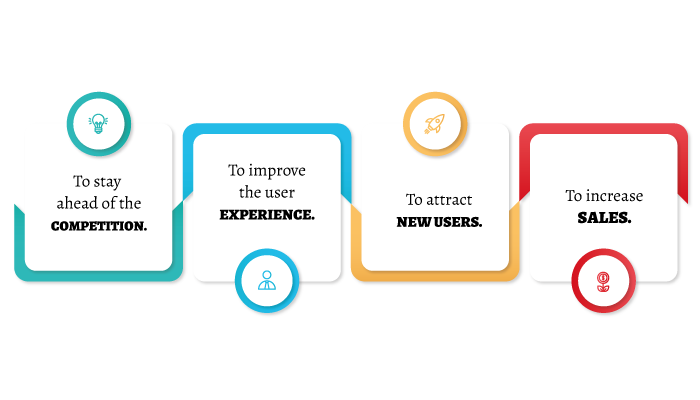
Now, if you are developing a mobile app, you should use app design trends to take it to next level. Let’s see why you should do it.
To stay ahead of the competition.
The mobile app market is constantly evolving, and if you want your app to stand out, you need to make sure that it’s designed in a way that is current and relevant.
By incorporating app design trends, you can ensure that your app looks and feels modern and user-friendly.
To improve the user experience.
Good app design is all about making the user experience as smooth and enjoyable as possible.
As a result, using app design trends, you can create an app that is easy to use, navigate, and understand. This will make your app more engaging and enjoyable for users, which will lead to increased retention and satisfaction.
To attract new users.
First impressions matter, and the way your app looks and feels can have a big impact on whether or not users decide to download it. And that’s why with help of app design trends, you can create an app that is visually appealing and attention-grabbing.
This will make your app more likely to be downloaded and used by new users.
To increase sales.
A well-designed app can help you increase sales by making it easier for users to find and purchase your products or services.
Therefore, by incorporating app design trends, you can create an app that is optimized for conversions. This will help you generate more revenue from your app.
Conclusion
So, this is all you need to know about mobile app design trends. If you are someone who want to incorporate these trends in your app, it’s highly reocmmended that you consult a UI/UX Design company to help you with the same.
FAQ
- To stay ahead of the competition.
- To improve the user experience.
- To attract new users.
- To increase sales.
Read articles and blog posts about app design trends. Follow designers and design agencies on social media. And attend industry events.
- Consider your app’s purpose and target audience.
- Evaluate the trends’ potential impact on your app’s user experience.
- Test the trends with users to get their feedback.
- Minimalism and simplification.
- Bold colors and gradients.
- Dark mode.
- Animation and microinteractions.
- Personalization.
- Voice and gesture-based interfaces.
- Passwordless login.
- User-generated content (UGC).
- Bottom navigation.
- Augmented reality (AR).
- Do your research.
- Be selective.
- Use your own judgment.
- Test the trends with users.
- Keep your app’s purpose and target audience in mind.
- Keeping up with the latest trends can be time-consuming.
- Some trends may not be suitable for your app’s purpose or target audience.
- It can be difficult to test trends with users.
- The Nielsen Norman Group: https://www.nngroup.com/
- Smashing Magazine: https://www.smashingmagazine.com/
- Codrops: https://tympanus.net/codrops/
- Material Design: https://material.io/design/
- Apple Human Interface Guidelines: https://developer.apple.com/design/human-interface-guidelines/ios/
- Google Play Design Guidelines: https://developer.android.com/design/style/
The future of app design is likely to be more personalized, immersive, and interactive.We can expect to see more use of augmented reality (AR), voice-based interfaces, and gesture-based controls. App design will also become more responsive to the needs of users with disabilities.
- Subscribe to design blogs and newsletters.
- Follow designers and design agencies on social media.
- Attend industry events.
- The purpose of your app.
- Your target audience.
- The user experience.
- The technical feasibility.
- Ask friends and family to test your app.
- Conduct user interviews.
- Use usability testing tools.





No Comments
Comments are closed.